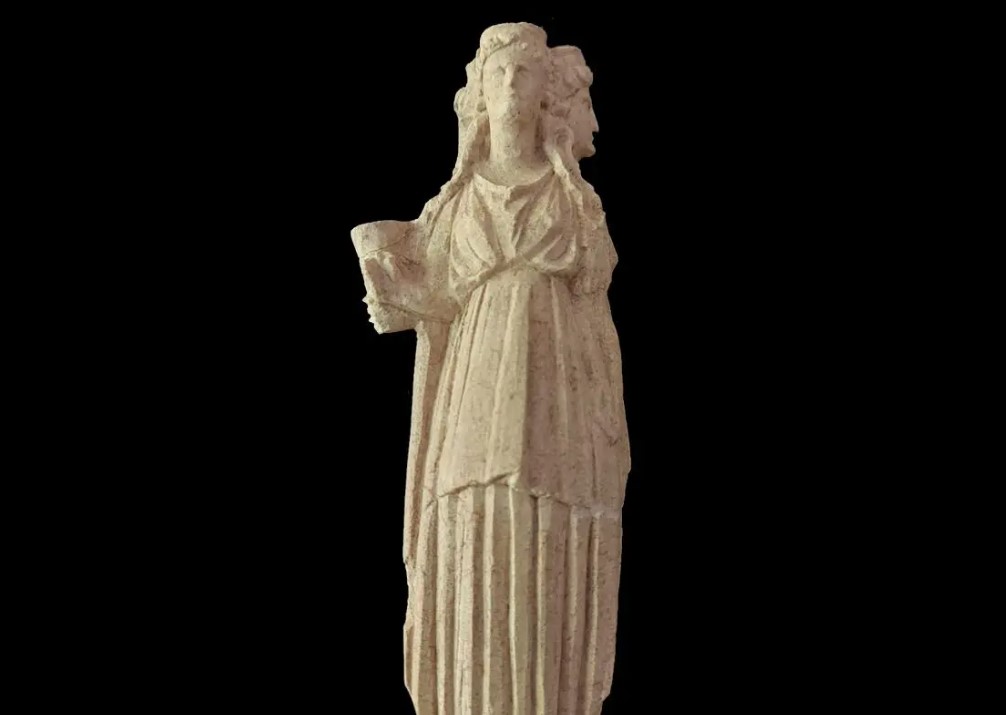ARCHAEOLOGISTS FIND HECATE FIGURINE AT ANCIENT KELENDERIS
A remarkable discovery has been made by a team of archaeologists from Batman University during their excavations at the historic site of ancient Kelenderis, also known as Calendars. This ancient Greek city, port, and fortress once thrived in what is now the town of Aydıncık in Turkey’s Mersin Province.
The diligent efforts of these researchers over the span of 36 years have unveiled a fascinating array of historical remnants. Among the findings are the remains of a Roman bathhouse, an odeon designed for musical and poetic pursuits, and churches showcasing intricate basilica layouts and vibrant mosaics.
Kelenderis, steeped in legend, is believed to have been founded by Sandocus, the offspring of Clymene, an Oceanid, and Helios, the sun god. Traces of Phoenician habitation signify its early history, eventually blossoming into a bustling hub of trade during the 4th and 5th centuries BC.
The most recent excavation breakthrough by Batman University’s archaeologists centers around an exquisite figurine that depicts Hecate, the three-headed goddess from Greek mythology. Often depicted wielding torches, a key, snakes, or accompanied by dogs, Hecate’s imagery evolved over time to encompass a three-formed or triple-bodied representation.
ReadAlso: 5,500-YEAR-OLD GATE FOUND AT TELL ERANI
Hecate, a deity encompassing domains such as crossroads, nocturnal aspects, illumination, magic, protection from sorcery, lunar influence, botanical knowledge, poisonous plants, afterlife realms, spiritual communication, and enchantment, holds profound significance. Her worship was prominent among Thessalian witches and the Carian Greeks of Asia Minor in the sanctuary of Lagina.
As disclosed by a press statement from Batman University, this extraordinary figurine, dating back approximately 2,300 years, was discovered amidst a collection of ceramics hailing from the Hellenistic era. Dr. Mahmut Aydın, a leading scholar in the team, elaborated, “The figurine stands around 20 centimeters tall and features three distinct heads. Remarkably, an inscription found in the Lagina Ancient City in Muğla reveals that Hecate’s temple was held in high esteem there. Furthermore, historical records enumerate Kelenderis as one of the participating cities in the quintennial competitions dedicated to Hecate.”
In sum, the unearthing of this Hecate figurine at ancient Kelenderis by Batman University’s archaeologists represents an astonishing window into the past. This discovery further solidifies the rich historical tapestry of the region and its profound connections to the multifaceted beliefs of ancient Greek civilization.




